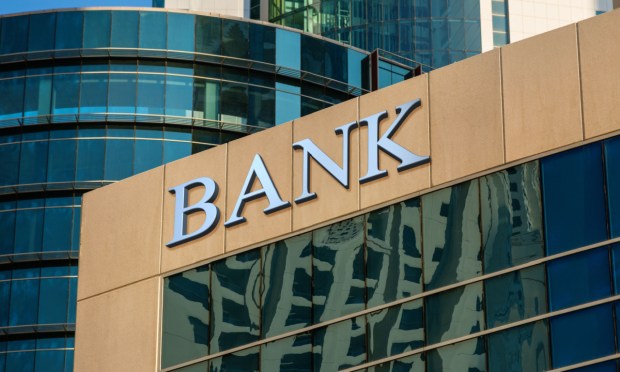Report: Banks’ Annual Stress Test May Not Yield Surplus Capital for Shareholders

The Federal Reserve this week will release the outcome of its annual banking “stress test.”
And while the banks are expected to pass, the results may not bring good news.
The tests this year are happening in a different environment, with regulators considering stricter rules for lenders following the March crisis that brought down three banks, Bloomberg reported Tuesday (June 27).
In most years, banks would pass the stress test and announce plans to give back surplus capital to shareholders, according to the report. This year, banks have indicated they’ll wait for further guidance from regulators before agreeing to those givebacks.
“We’re currently in a lot of bank uncertainty, and the stress tests, we expect, will show that the U.S. banking industry is really strong,” Barclays analyst Jason Goldberg told Bloomberg. Still, “in prior years, where it served as a catalyst for large dividend increases and share buybacks, given all the other uncertainties out there with respect to the economy and capital reform, it is probably less meaningful this year than others.”
In addition to the stress test, regulators will soon release new Basel III Endgame requirements that will revise capital rules for banks, the report said.
Those requirements will mainly impact the eight largest banks in the U.S., those with assets in the range of $100 billion to $250 billion. The rules require banks to keep more capital following the banking failures.
The exemption for smaller institutions contrasts prior remarks made by Federal Reserve Chair Jerome Powell around the need to craft regulations for both small- and medium-sized banks, a move blasted by American Bankers Association (ABA) President Rob Nichols.
In an interview with PYMNTS Karen Webster soon after the crisis began, QED Partner Amias Gerety predicted the reexamination of existing laws that have made it more difficult to regulate smaller, regional banks.
“Increased capital requirements would, in some form, limit at least some of the funds channeled back into a bank’s customer base and in the economy at large but would conceivably be a buffer to shore up demands by depositors and, by extension, prevent bank runs,” PYMNTS wrote in March. “It’s no longer a case of ‘too big to fail,’ but a case of ‘no one’s too small to matter.’”

